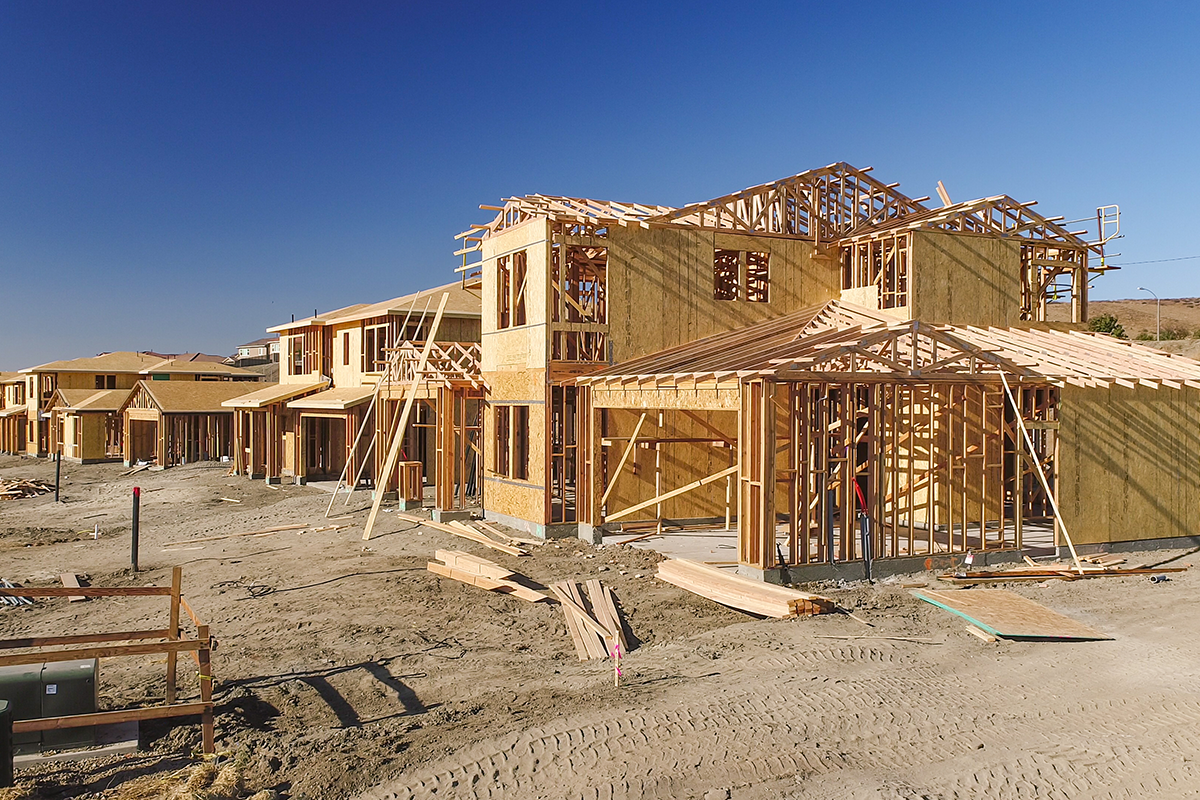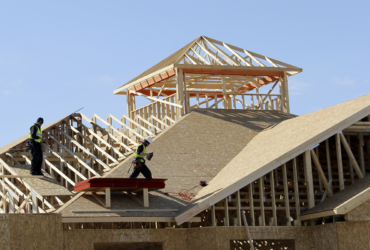After a terrific start to 2024, Wilmington, North Carolina saw its rate of building permits fall in February but despite the drop permits remain close to 17-year highs, according to the latest data from the Census Bureau.
In February, building permits in Wilmington slowed to an annual rate of 614, marking a 14% decrease from January’s figures. This dip followed a remarkable surge in January, where permits jumped by a staggering 154%, reaching a 17-year high. Despite the decline in February, the sustained high levels of permits reassure observers that January’s spike was not merely an anomaly.
The significance of Wilmington’s housing market is underscored by the fact that even with the drop, building permits remain at the second-highest level recorded in the past 17 years. This resilience hints at the underlying strength and demand within the local housing sector.
Comparing year-over-year data further illuminates the picture. Building permits in Wilmington have surged by an impressive 80.5% compared to the same period last year. This statistic underscores the persistent and robust demand for housing within the port city.
However, Wilmington’s story is not isolated from broader regional and national trends. While the port city experiences its own ebbs and flows, North Carolina as a whole has witnessed a decline in building permits for the past two months. Currently, the state’s annual permit rate stands at 7,865, down 2.3% from last month and the second-lowest level recorded in the last six months.
This downward trend within North Carolina aligns with the broader Southern region, which saw building permits fall by 1.3% to an annual rate of 783,000. This decline, the second consecutive monthly decrease, brings the Southern region to its lowest permit issuance level since August 2023.
Zooming out to a national scale, building permits across the United States experienced a modest increase of 1.3% in February, reaching 1.52 million permits. This figure represents the highest level observed since August, signaling a broader trend of resilience and recovery within the national housing market.
The fluctuations in building permit issuance reflect the intricate interplay of various factors, including economic conditions, demographic shifts, and policy influences. In Wilmington, the buoyancy of the housing market despite the slight downturn in February points to sustained interest from buyers and investors who see the city’s appeal as a coastal destination.
As stakeholders monitor these trends, it becomes clear that while localized dynamics shape housing markets, they are also influenced by larger regional and national forces. For Wilmington, navigating these fluctuations while harnessing the city’s inherent strengths will be key to ensuring continued growth and prosperity in its real estate sector.





